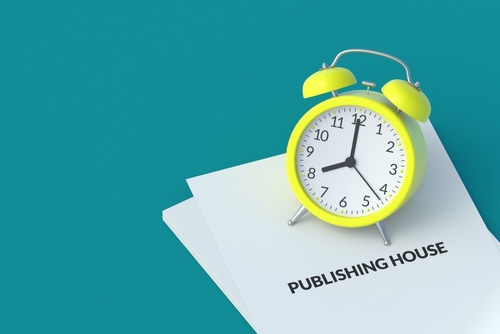The publication of clinical study results is key to communicating how well medicines can treat diseases. It is vital that these results are made available as quickly as possible, so it’s important to know what influences the ‘time to publication’ (the time from the end of the study to publication of the results in a scientific journal). We wanted to identify features influencing the time to publication of pharmaceutical company-sponsored clinical studies and their associated publications.
We looked at clinical studies at different stages of the drug-development pathway (phases 2–4) completed between 1 December 2016 and 1 December 2021, and examined features of these studies and the publication of their results to see if we could use these to explain why it takes longer to publish the results of some studies.
Overall, we found that phase 3 clinical studies (the biggest and most important studies before a new medicine gets approved for use) and studies that involved a larger number of different research sites tended to be published quicker. Publications with more established authors (i.e. authors who were already highly published) and publications that were mentioned in a lot of news articles and tweets were also published quicker on average.
Together, these observations suggest that important clinical studies are more likely to be published more quickly. However, we could only explain a small amount of the difference in the publication time between different clinical studies. This suggests that many other, unidentified, factors play a role.
To find out more about the study you can access the poster here.

